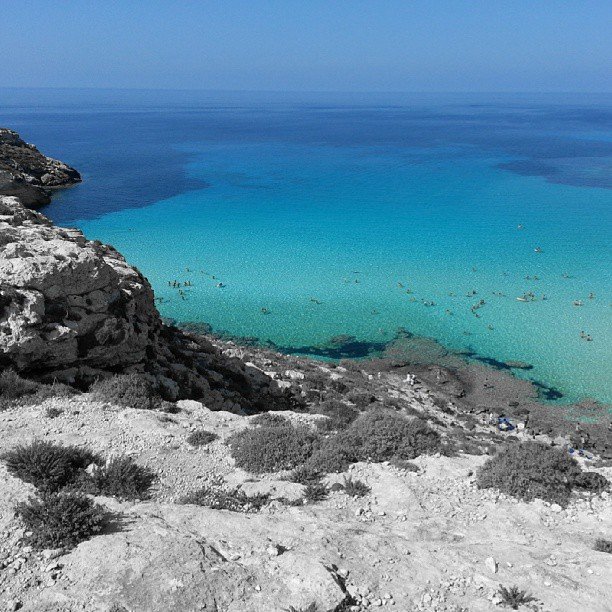Picture this: you're sitting on pristine white sand, the only sounds are gentle waves and maybe a fishing boat puttering in the distance. No beach umbrellas fighting for space, no vendors hawking overpriced drinks, no crowds jostling for the perfect selfie spot. These beaches exist, and they're not expensive—they're just naturally protected by geography itself.
Some of the world's most beautiful coastlines remain blissfully uncrowded not because they're secret, but because getting there requires a little effort. Whether it's a scenic hike, a short boat ride, or simply being far from major airports, these beaches use natural barriers as their best defense against overtourism. The result? Authentic experiences, local prices, and that rare feeling of having paradise mostly to yourself.
Playa de Gulpiyuri, Spain: The Beach That Doesn't Touch the Ocean
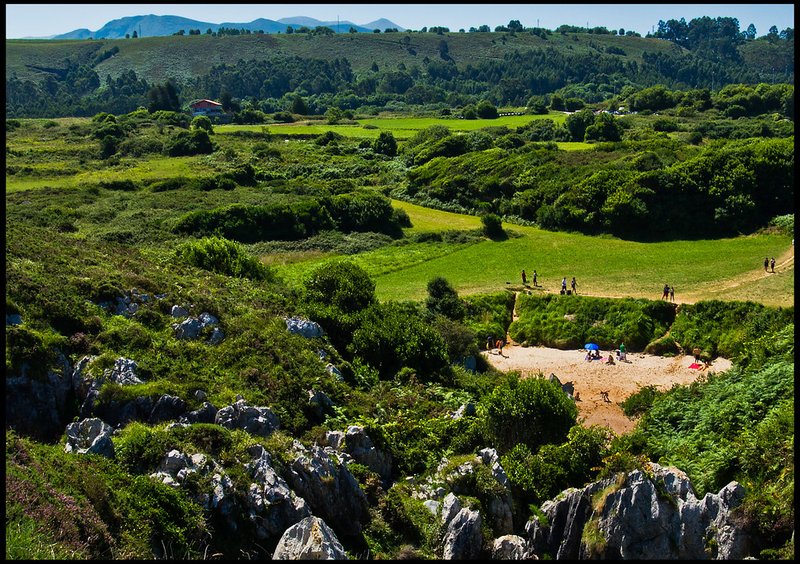
Hidden in Asturias, northern Spain, Playa de Gulpiyuri might be the world's most unusual beach. This tiny stretch of sand sits 100 meters inland from the actual coastline, connected to the sea through underground caves and tunnels carved by centuries of waves. The result is a small, perfectly formed beach that fills and empties with the tides—but feels like a secret lagoon.
Getting here requires a 20-minute walk from the nearest parking area through rolling green hills dotted with grazing cows. The path isn't marked, and there's no infrastructure whatsoever—no snack bars, no umbrellas for rent, no crowds. Most visitors stumble upon it by accident while exploring the dramatic Asturian coast.
The logistics: Stay in nearby Llanes (budget hostels from €15/night) and rent a car to explore the coast. The beach is free, parking is free, and a picnic lunch from the local market costs under €10. Perfect for: Couples seeking something truly unique, photographers, and anyone who enjoys the thrill of discovering something extraordinary.
Rabbit Beach, Lampedusa: Italy's Remote Island Paradise
Lampedusa sits closer to Tunisia than mainland Italy, and that geography is exactly what keeps Rabbit Beach from becoming another overcrowded Mediterranean hotspot. This crescent of white sand and turquoise water consistently ranks among Europe's best beaches, but getting here requires commitment.
The island has no bridge—only flights from major Italian cities or a 12-hour ferry from Sicily. Once you arrive, Rabbit Beach is a 30-minute walk from town along a rocky coastal path with no shade. There's no beach club, no parking lot, and definitely no tour buses. The reward is crystalline water that rivals the Caribbean and soft sand where loggerhead turtles still nest.
Budget breakdown: Off-season flights from Rome start around €80, simple guesthouses run €40-60/night, and meals at family-run trattorias cost €15-20. The beach itself costs nothing, and the lack of development means no expensive beach clubs or inflated prices. Ideal for: Independent travelers, snorkeling enthusiasts, and anyone seeking Mediterranean beauty without the crowds.
Playa Escondida, Mexico: The Hidden Beach Inside a Cave
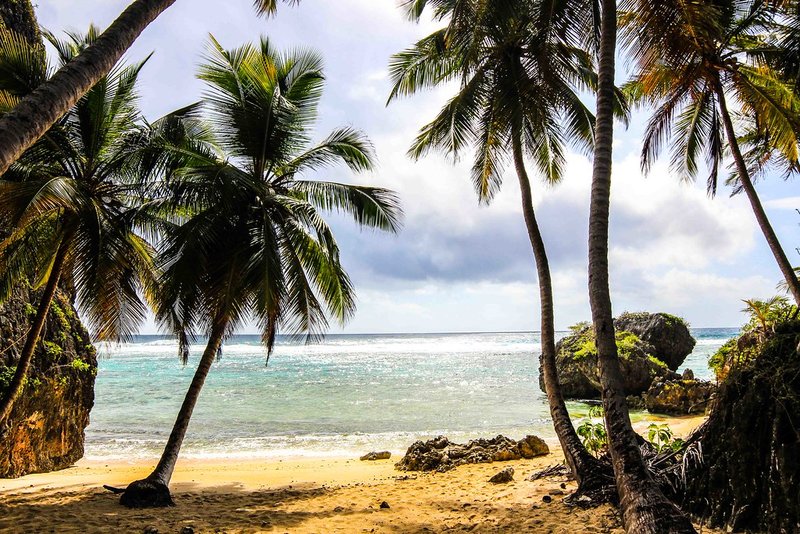
The Marieta Islands off Puerto Vallarta hide one of Mexico's most extraordinary beaches—literally. Playa Escondida (Hidden Beach) sits inside a collapsed cave, accessible only by swimming through a tunnel at low tide. This natural architecture makes it impossible for large groups to visit, keeping numbers naturally low.
Getting here requires booking a boat tour from Puerto Vallarta or Punta Mita (around $40-60), but the Mexican government limits daily visitors to protect the ecosystem. You'll need to be a confident swimmer to reach the beach through the tunnel, and there's absolutely no infrastructure once you're inside—just pristine sand surrounded by towering rock walls open to the sky.
The boat ride itself is part of the adventure, passing dramatic rock formations and opportunities to spot dolphins, manta rays, and humpback whales (in season). Local tip: Book with smaller, local operators rather than resort tours—they're cheaper and more flexible with timing.
Perfect for: Strong swimmers, adventure seekers, and anyone who wants to experience one of nature's most incredible architectural accidents. The physical requirements and limited access ensure you'll never find crowds here.
Navagio Beach, Greece: Shipwreck Cove's Natural Fortress
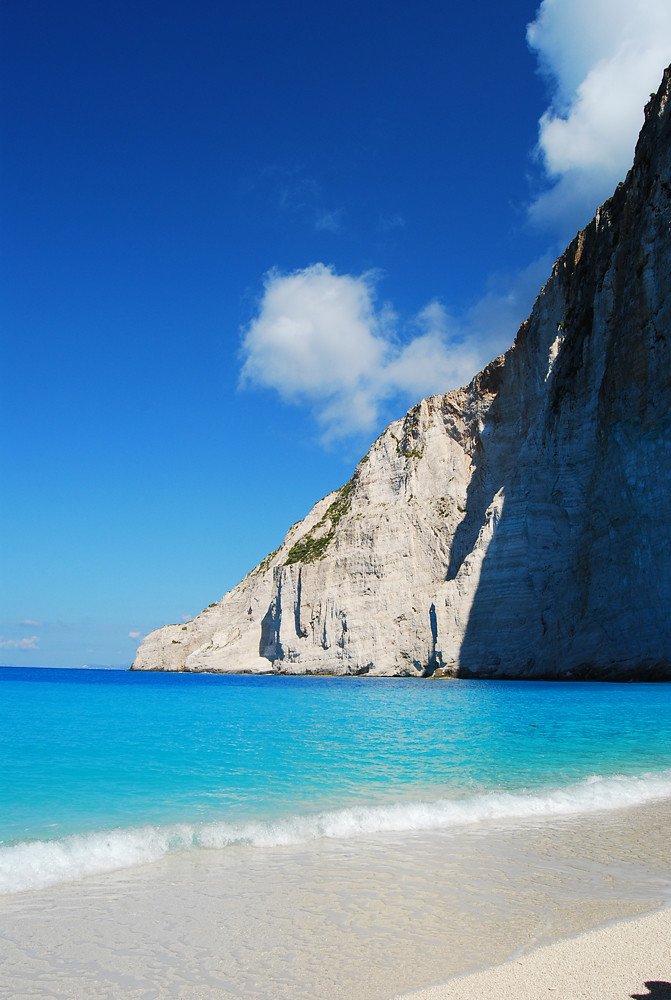
Zakynthos' famous Shipwreck Beach sits in a cove surrounded by towering limestone cliffs that make it completely inaccessible by land. The only way in is by boat, and the dramatic geography that makes it Instagram-famous also keeps it from being overrun—you simply can't build hotels, restaurants, or parking lots on 200-foot cliffs.
The beach gets busy during peak summer hours (11am-3pm), but visit early morning or late afternoon and you'll have the white pebbles and electric blue water mostly to yourself. The rusty shipwreck that gives the beach its name adds an element of mystery that no resort could replicate.
Getting there: Stay in Zakynthos Town (budget accommodations from €25/night) and take a boat tour (€15-25) or rent a small boat if you're experienced. The surrounding cliffs offer incredible hiking with panoramic views—free entertainment that most visitors miss. Best for: Photographers, boat enthusiasts, and travelers who don't mind a little planning for extraordinary payoff.
Koh Rong Sanloem's Sunset Beach: Cambodia's Boat-Only Paradise
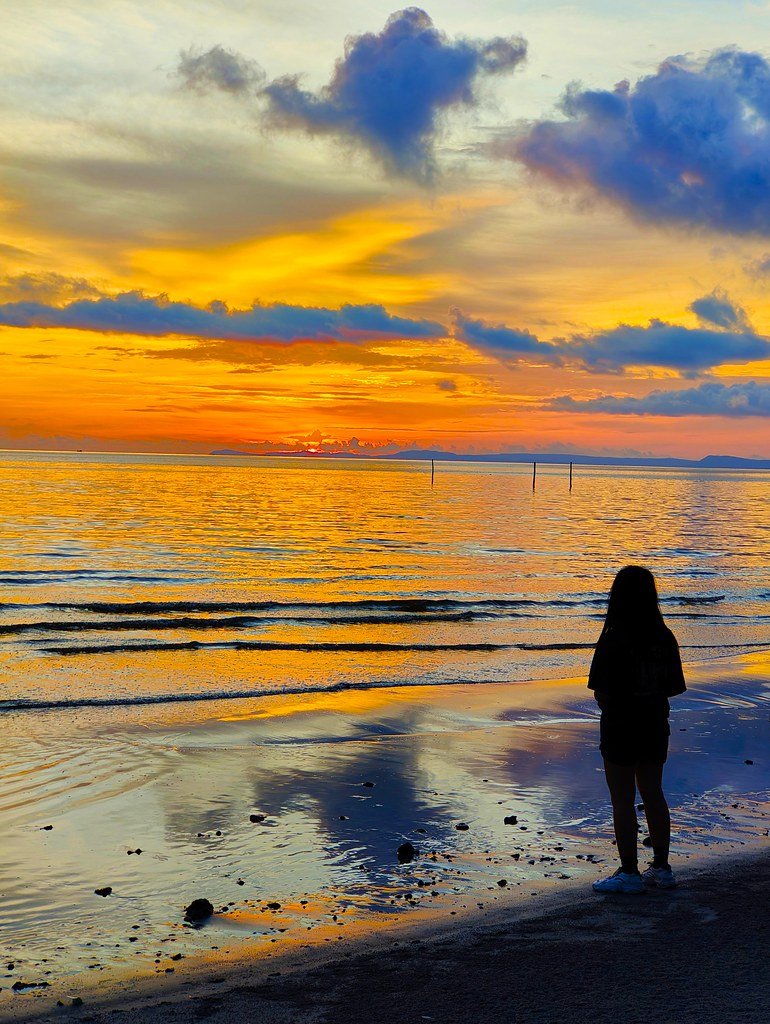
While Koh Rong gets the backpacker crowds, its smaller neighbor Koh Rong Sanloem remains blissfully quiet—especially Sunset Beach on the western coast. There are no roads on this island, no cars, and definitely no tour buses. Getting to Sunset Beach requires a boat from the main village, keeping visitor numbers naturally low.
The beach stretches for nearly two kilometers of soft white sand backed by jungle, with just a handful of simple bungalows and beach bars. Electricity comes from generators that shut off at midnight, and the loudest sounds are waves and tropical birds. This isn't luxury—it's authenticity at its finest.
The budget reality: Boat from Sihanoukville costs $10-15, basic beachfront bungalows run $15-25/night, and fresh seafood dinners cost $3-5. Beer is $1, coconuts are 50 cents, and entertainment is watching spectacular sunsets paint the sky orange and pink. Perfect for: Digital detox seekers, budget backpackers, and anyone who believes the best beaches are the ones you have to work a little to reach.
The lack of infrastructure isn't a bug—it's a feature that keeps this slice of paradise affordable and authentic.
Sierra Blake
10+ years travel writing, visited 63 countries
Nomadic travel writer and photographer with a soft spot for remote islands and surf towns. Focused on visual storytelling and practical advice.



